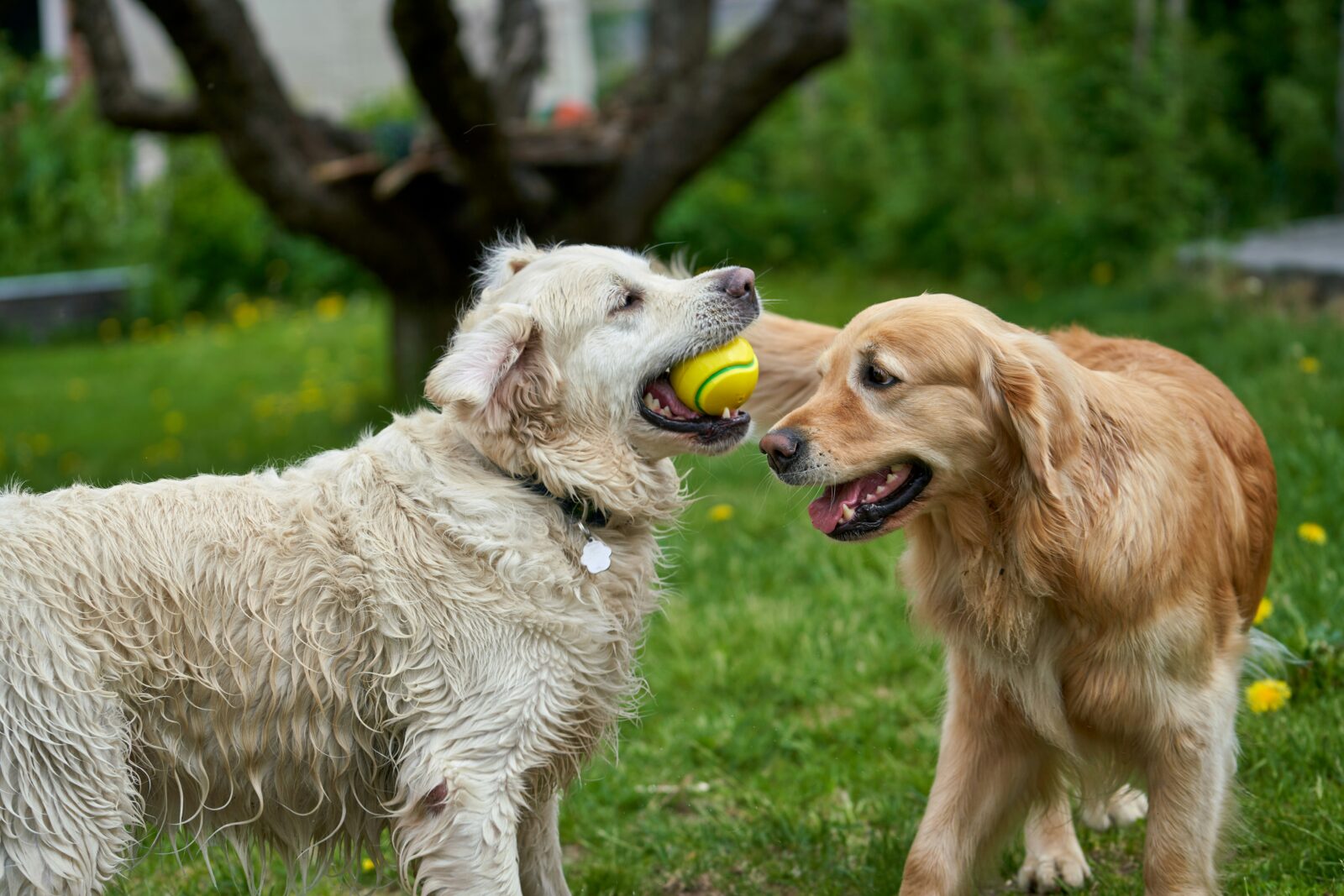Contents
Regular exercise is vital not only for humans but for pets as well. Just like us, animals need physical activity to maintain optimal health, prevent disease, and lead a happy, balanced life. Whether you have a dog, cat, or other pets, incorporating regular exercise into their routine offers numerous benefits. In this comprehensive guide, we’ll explore the various ways exercise contributes to your pet’s health and well-being, and provide tips on how to ensure they get the right amount of physical activity.
1. Maintains Healthy Weight
Prevents Obesity
- Caloric Burn: Regular exercise helps burn calories, reducing the risk of obesity, which is a common issue among pets.
- Balanced Diet: Exercise, combined with a balanced diet, ensures your pet maintains a healthy weight, which is crucial for their overall health.
Promotes Lean Muscle
- Muscle Tone: Physical activity helps build and maintain lean muscle mass, which supports joint health and mobility.
- Fat Reduction: Exercise helps reduce excess fat and promotes a healthy body composition.
2. Enhances Cardiovascular Health
Strengthens the Heart
- Improved Circulation: Regular exercise improves blood circulation and strengthens the heart, reducing the risk of cardiovascular diseases.
- Healthy Blood Pressure: Physical activity helps maintain normal blood pressure levels, contributing to overall heart health.
Boosts Endurance
- Increased Stamina: Regular exercise increases stamina and energy levels, allowing pets to enjoy more active and fulfilling lives.
- Better Recovery: A well-exercised pet tends to recover faster from physical exertion and health issues.
3. Supports Joint and Bone Health
Prevents Arthritis
- Joint Lubrication: Exercise helps maintain joint flexibility and lubrication, reducing the risk of arthritis and other joint-related issues.
- Strengthens Bones: Weight-bearing activities strengthen bones and support overall skeletal health.
Reduces Stiffness
- Enhanced Mobility: Regular physical activity helps reduce stiffness and improve mobility, especially in older pets.
- Pain Relief: Exercise can alleviate discomfort and pain associated with joint and muscle issues.
4. Improves Mental Health
Reduces Anxiety and Stress
- Mental Stimulation: Exercise provides mental stimulation, helping to reduce boredom and prevent anxiety-related behaviors.
- Stress Relief: Physical activity helps release endorphins, which can alleviate stress and improve mood.
Enhances Cognitive Function
- Sharper Mind: Regular activity keeps your pet’s mind sharp and alert, reducing the risk of cognitive decline in older pets.
- Behavioral Benefits: Active pets are less likely to exhibit behavioral problems related to boredom or excess energy.
5. Promotes Socialization
Builds Confidence
- Positive Interactions: Exercise, especially in social settings like dog parks, helps pets interact with other animals and people, building their confidence.
- Reduced Aggression: Regular socialization through exercise can reduce aggressive behaviors and improve overall temperament.
Strengthens Bonds
- Quality Time: Exercise provides an opportunity for quality time between pets and their owners, strengthening the bond and fostering a deeper connection.
- Shared Activities: Engaging in physical activities together, such as hiking or playing fetch, enhances the relationship between you and your pet.
6. Aids Digestion
Stimulates Appetite
- Healthy Appetite: Regular exercise stimulates appetite, ensuring that your pet maintains a healthy eating routine.
- Digestive Health: Physical activity helps promote healthy digestion and can prevent issues such as constipation.
Regulates Metabolism
- Efficient Metabolism: Exercise boosts metabolism, aiding in the effective processing of nutrients and maintaining a healthy digestive system.
- Energy Balance: Active pets have a better balance of energy intake and expenditure, reducing the risk of metabolic disorders.
7. Encourages Healthy Sleep Patterns
Improves Sleep Quality
- Better Rest: Regular exercise helps pets fall asleep faster and improves the quality of their sleep by reducing restlessness and anxiety.
- Consistent Routine: A regular exercise routine can help establish consistent sleep patterns and promote overall well-being.
Prevents Sleep Disorders
- Reduced Insomnia: Physical activity helps prevent sleep disorders such as insomnia and restlessness, contributing to a more restful and rejuvenating sleep.
- Balanced Energy Levels: Exercise helps regulate energy levels, ensuring your pet is tired and ready for sleep at night.
8. Enhances Longevity
Increases Lifespan
- Overall Health: Regular exercise contributes to overall health and well-being, which can increase the lifespan of your pet.
- Disease Prevention: Active pets are less likely to develop chronic conditions, such as diabetes, heart disease, and certain cancers, leading to a longer, healthier life.
Quality of Life
- Active Lifestyle: Pets that exercise regularly enjoy a higher quality of life with more energy, better health, and greater happiness.
- Continued Activity: Maintaining an active lifestyle throughout your pet’s life helps ensure they remain engaged and vibrant in their senior years.
9. Provides Enrichment
Stimulates Exploration
- Environmental Enrichment: Exercise often involves exploring new environments, which stimulates your pet’s natural curiosity and provides mental enrichment.
- Varied Activities: Different types of physical activities, such as agility training or interactive play, offer variety and prevent monotony.
Enhances Learning
- Training Opportunities: Exercise provides opportunities for training and learning new skills, which can be mentally stimulating and rewarding for your pet.
- Behavioral Improvement: Engaging in regular physical activity can improve behavior by addressing excess energy and providing constructive outlets for instincts.
10. Customizing Exercise for Different Pets
Dogs
- Breed Considerations: Tailor exercise routines based on your dog’s breed, age, and energy level. High-energy breeds may require more intensive exercise, while older or less active dogs may benefit from gentle walks.
- Varied Activities: Incorporate a mix of activities such as walking, running, fetch, and agility training to keep your dog engaged and fit.
Cats
- Indoor Activities: Provide indoor exercise options such as interactive toys, climbing structures, and laser pointers to keep indoor cats active.
- Playtime: Engage in regular play sessions with toys that mimic prey behavior to stimulate your cat’s natural hunting instincts.
Other Pets
- Small Animals: For pets like rabbits or ferrets, provide opportunities for exercise through safe play areas and toys that encourage movement.
- Birds and Reptiles: Offer space to fly or climb and include enrichment activities tailored to their species-specific needs.











Leave a Reply